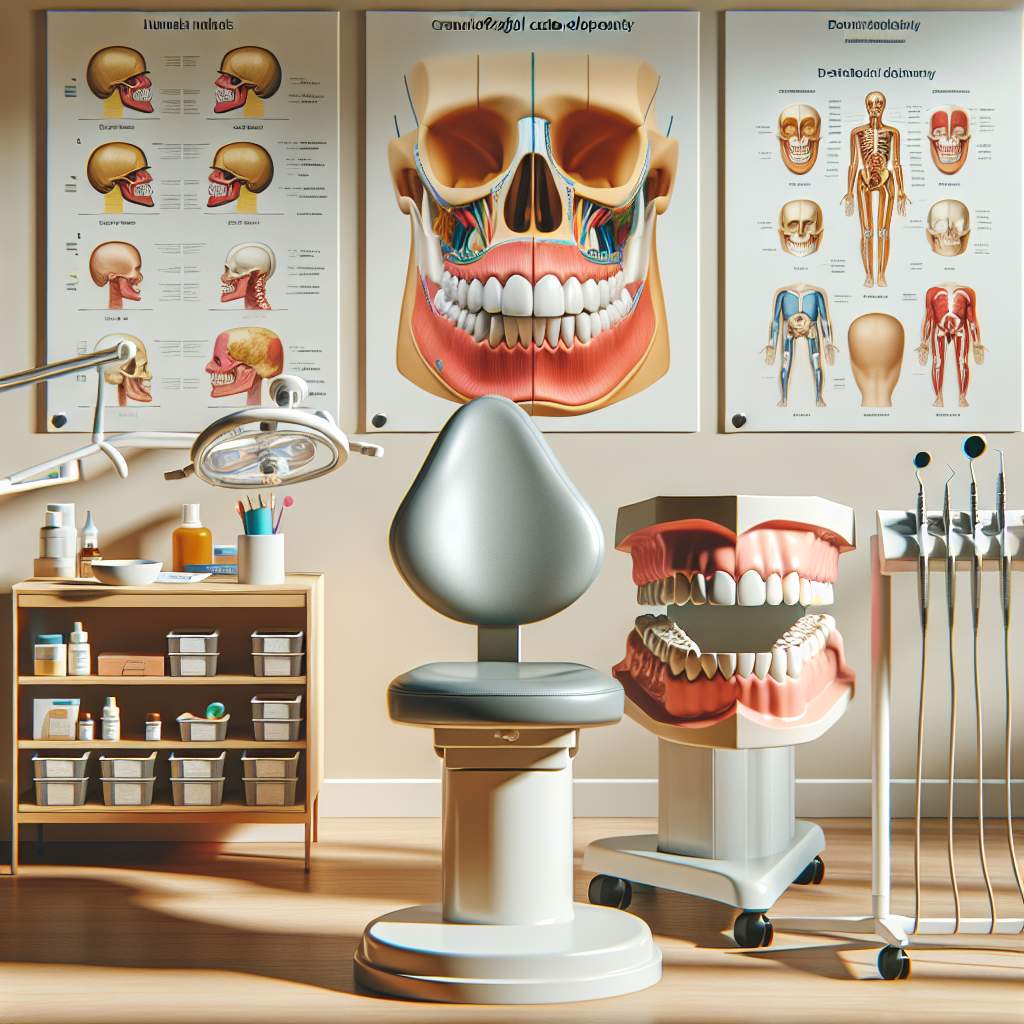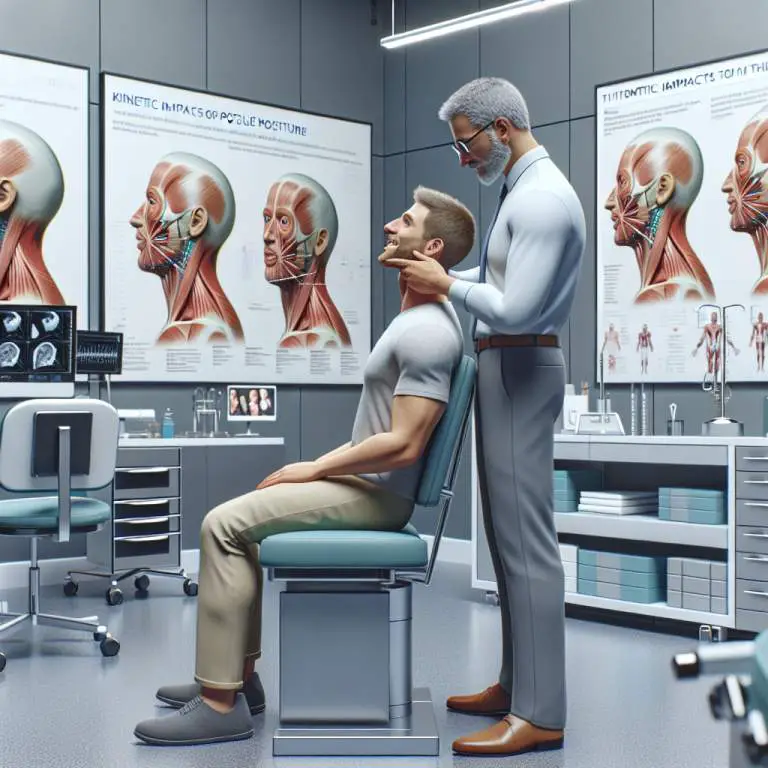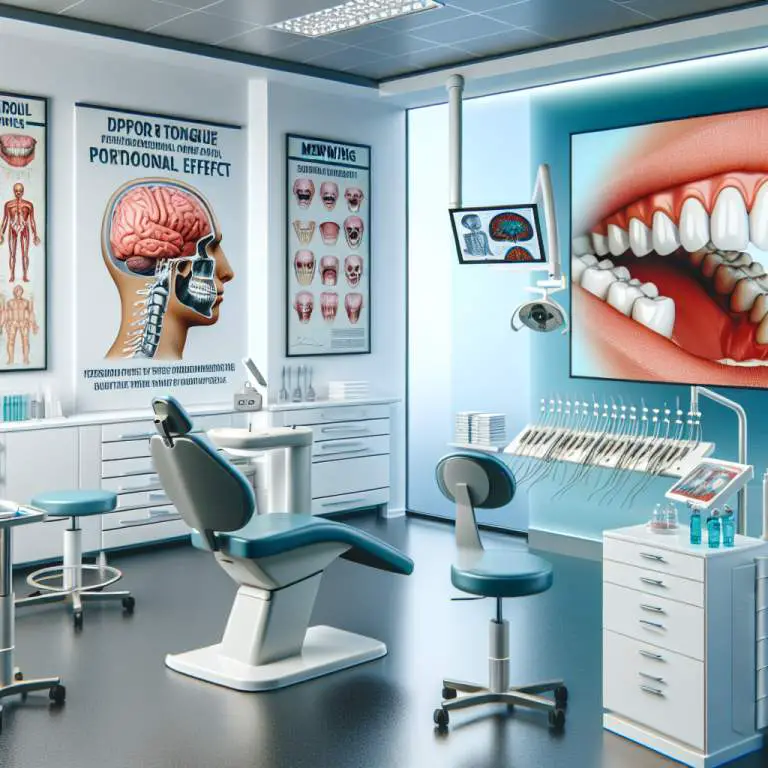How does mewing relate to craniofacial development?
Mewing is a technique that involves proper tongue posture, aiming to influence craniofacial development positively. By resting the tongue against the roof of the mouth, mewing may help in aligning the teeth and jaws better. This practice is thought to lead to improvements in facial structure over time, especially if started at a young age. However, scientific evidence supporting its effectiveness remains limited.

How does mewing influence jawline definition?
Mewing is a technique that involves placing your tongue against the roof of your mouth. This position is supposed to help shape the jawline over time. People who practice mewing believe it makes their jawlines sharper and more defined.
The idea is that by keeping your tongue in this specific position, you’re applying gentle pressure. This pressure might help in molding the bones of the face, including the jawline. It’s like a workout for your face, aiming to improve its structure.
What are the scientific principles behind mewing and craniofacial development?
Mewing is based on principles related to craniofacial development. This means how our skulls and faces grow. The theory suggests that proper tongue posture can influence this growth. By pushing up on the roof of the mouth, mewing might encourage a more natural growth pattern.
This concept ties into how muscles and bones interact in our bodies. Just as exercising can change muscle tone and bone strength, mewing proponents believe that this technique can alter facial bone structure over time. However, it’s important to remember that everyone’s face grows differently due to genetics and other factors.
Can mewing correct or improve bite issues?
Some people think that mewing can help with bite issues, like when your teeth don’t line up correctly. They say that by improving tongue posture, mewing might also adjust how your teeth fit together. This could potentially lead to a better bite alignment over time.
However, it’s crucial to understand that serious bite problems often require professional treatment from dentists or orthodontists. While mewing might offer some improvements for minor issues, it’s not a guaranteed fix for all types of bite problems.
How does age affect the effectiveness of mewing on craniofacial development?
Age plays a significant role in how effective mewing can be for someone. Younger individuals, whose bones are still growing and changing, might see more noticeable results from mewing. Their facial structures are more adaptable at this stage in life.
On the other hand, adults may find it harder to achieve dramatic changes through mewing alone because their bones have stopped growing. While they might still see some benefits from improved tongue posture, these changes are often subtler compared to those possible during younger years.
| Aspect | Description | Impact on Facial Structure |
|---|---|---|
| Mewing Definition | Practice of proper tongue posture, where the tongue is placed against the roof of the mouth. | Potential improvement in jawline definition and alignment over time. |
| Technique Importance | Consistency in maintaining tongue posture is crucial for potential effects. | May influence facial symmetry and structure positively if practiced correctly and consistently. |
| Time Frame for Results | Varies significantly among individuals; can take months to years to notice changes. | Gradual changes may include better-defined jawline, improved breathing, and possibly a more balanced facial appearance. |
| Skeletal Changes vs. Muscular Changes | Skeletal changes are unlikely without orthodontic intervention; mewing primarily affects muscle tone. | Mainly improves muscular definition around the jaw and neck; minimal impact on bone structure after growth plates have fused. |
| Critical Age Factor | Younger individuals may experience more noticeable changes due to the flexibility of their facial structures. | Potentially more significant impact on developing facial structures in adolescents compared to adults. |
| Risks and Limitations | Possible strain or improper use can lead to TMJ issues or other oral health problems. Not a substitute for professional medical advice or treatment. | Limited evidence on long-term safety and effectiveness; should be approached with caution and realistic expectations. |
What evidence exists to support the benefits of mewing for facial structure?
Some people say that mewing, which is a technique of positioning the tongue against the roof of the mouth, can change how your face looks. They believe it makes the jawline sharper and more defined. However, finding solid scientific proof for these claims is hard. Most of the evidence comes from personal stories and photos shared online.
There are a few studies that look into how tongue position affects facial growth, especially in kids. These studies suggest that proper tongue posture might play a role in how our faces develop. But it’s important to note that these studies don’t directly prove that mewing can reshape an adult’s face dramatically.
How do professionals in dental and medical fields view mewing?
Dentists and doctors have mixed feelings about mewing. Some think it could be helpful as part of orthodontic treatment, especially for correcting minor issues with jaw alignment or breathing problems at night. They agree that good tongue posture is important for oral health.
However, many professionals are skeptical about the big claims made by mewing enthusiasts. They warn that there’s not enough scientific research to prove it can significantly change an adult’s facial structure. They also worry people might expect too much from just changing how they hold their tongue.
Are there any risks or potential downsides to practicing mewing?
Mewing is generally considered safe since it involves natural tongue positioning. But doing it wrong could cause problems. For example, pushing too hard against your teeth could move them in ways you don’t want. This could lead to bite issues or discomfort.
Another risk is becoming too focused on trying to change your appearance through mewing. This obsession could lead to disappointment if the results aren’t what you hoped for. It’s always best to have realistic expectations and understand that changes, if any, will be subtle and take time.
Final Thoughts
Mewing has become popular online with many people claiming it has changed their faces. While there’s some evidence suggesting good tongue posture can influence facial development, solid scientific proof supporting dramatic changes in adults is lacking.
If you’re thinking about trying mewing, remember to keep your expectations realistic and consider talking to a dental or medical professional first. It’s also important not to ignore other aspects of health and well-being in pursuit of aesthetic changes.






